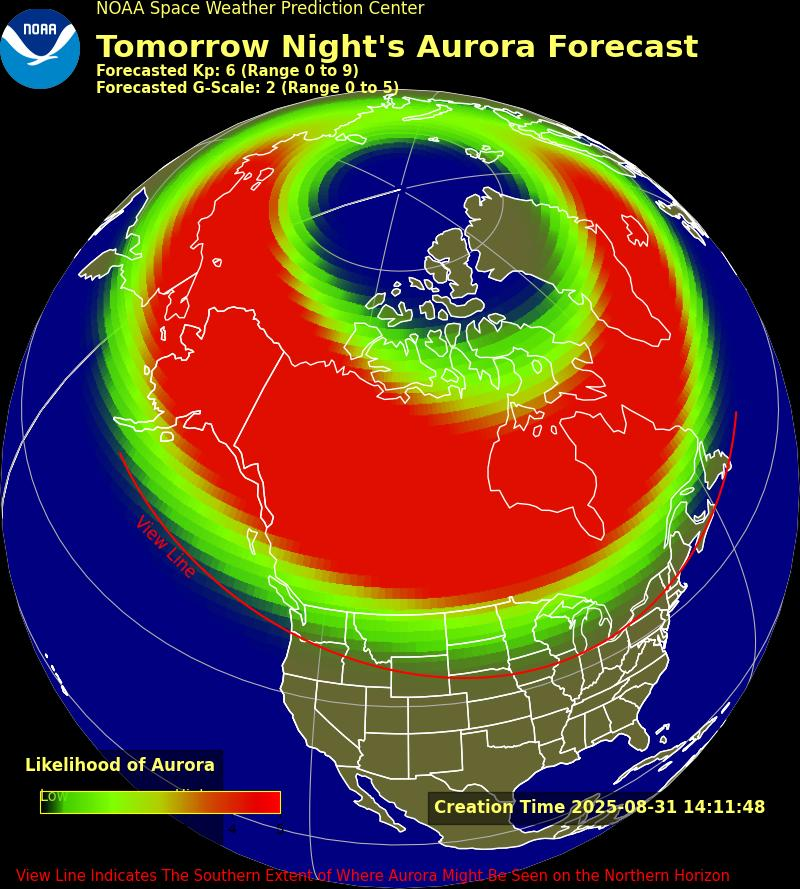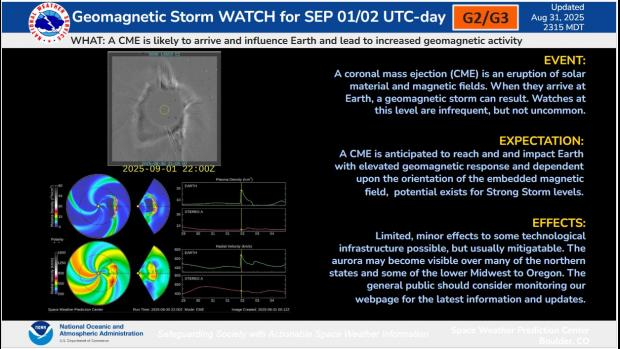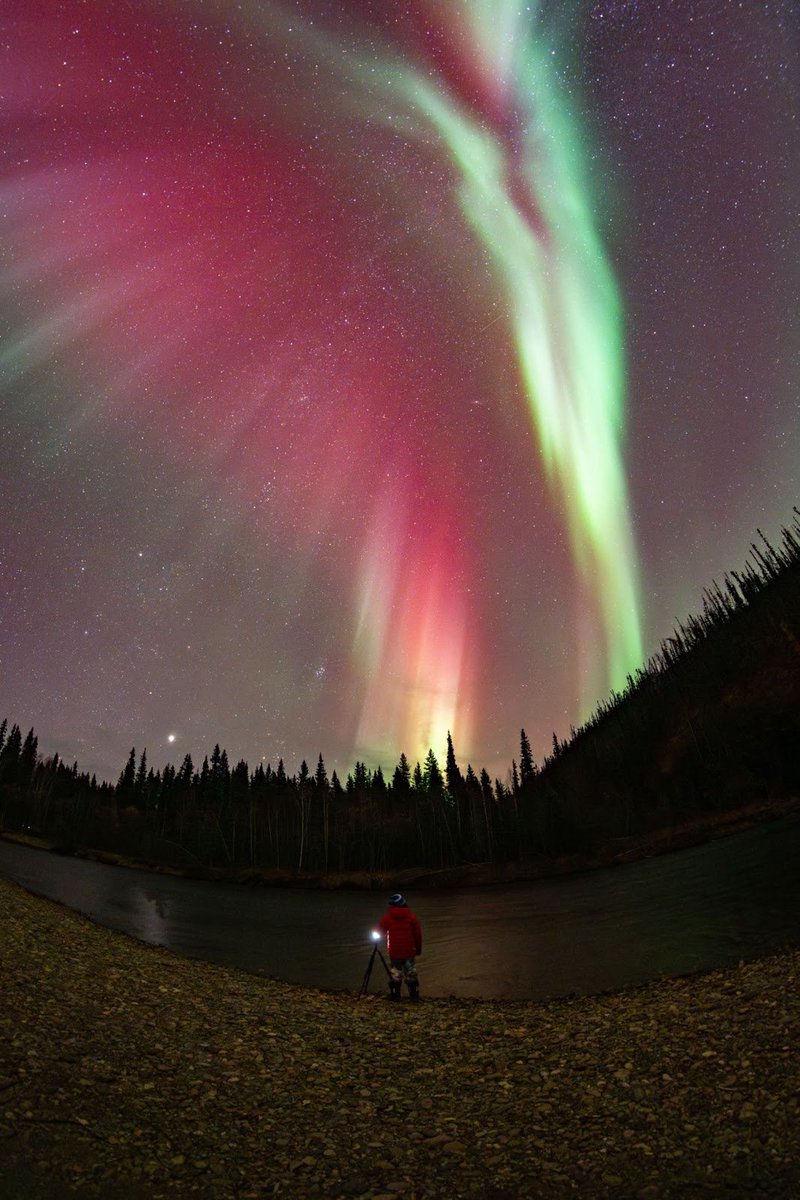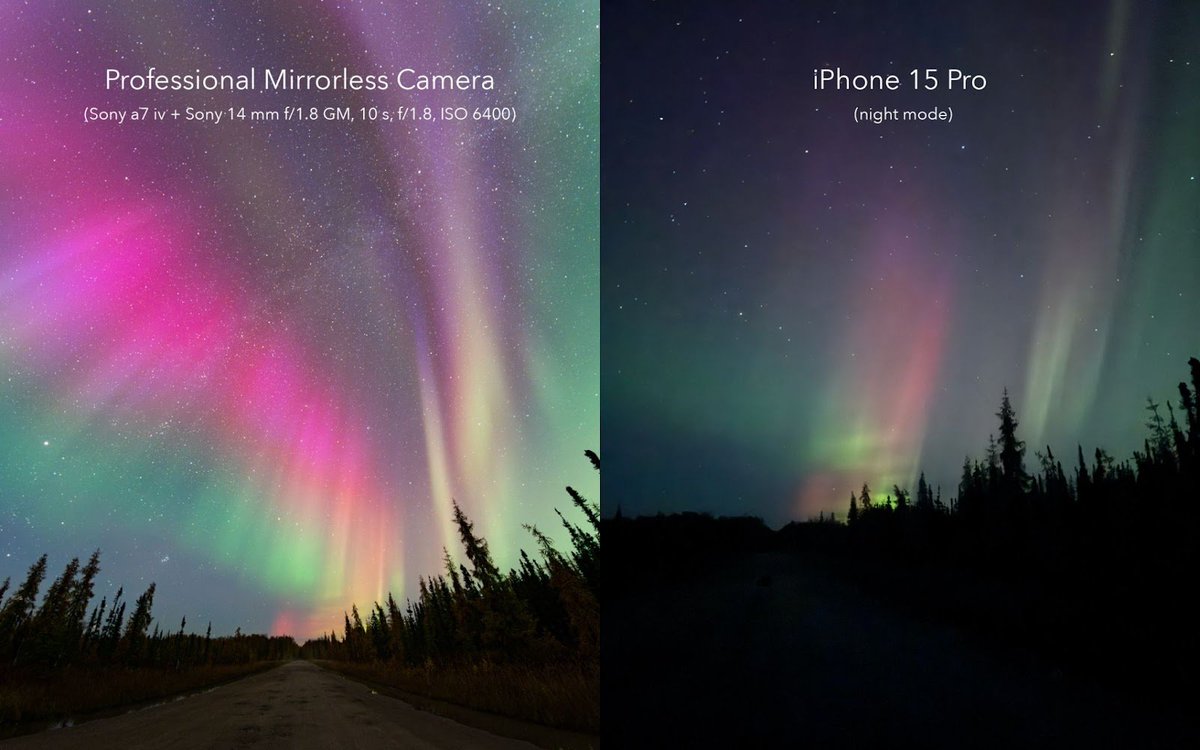Hello, everyone! Thanks for the supportive comments on my post last week about the President's budget request and proposed cancelation of the NSF GRFP program which is funding my Ph.D. studies. All of this is really unnerving and sad. I worked hard to win a competitive NSF graduate research fellowship, and the current administration is now working to take money away from me and many other students.
The field of Heliophysics will face irreversible damage if the budget passees surely affecting many aurora chasing data streams and models we all use. Also, the fundamental science that drives operational space weather tools will be near-impossible to do effectively if the PBR moves forward.
These are just facts and have nothing to do with my views. I am simply stating what will happen if the proposed budget moves forward.
I am attending a webinar tomorrow about the current situation and will provide more details about the timeline for all this to happen, but I DO know that things are still very much in flux, and we may not get any final decision until the end of the year.
In the meantime, I have been working to compile some points on advocacy. Right now, what is most effective is calling your representatives, and the time to call is NOW while the the 2026 Congressional Budget Bill is being put together in the House. An initial budget bill could come out as early as next week. It means a lot for members of the "general" public (You) to speak out against this. Calling your representatives is the most effective way to voice your opinion.
Note that you DO NOT need to be a U.S. citizen to advocate; your representative/senator represents all those who live in their district/state, regardless of their citizenship.
How to find your Representative: house.gov/representative…
How to find your Senator: senate.gov/senators/senat…
Attached to this post are two scripts for calling congress about supporting Heliophysics, NASA, and NSF.
📌 One is longer with more details -- to use if a human picks up the phone on the other end.
📌 One is shorter and to the point -- to use if you get voicemail on the other end.
Thanks!

The field of Heliophysics will face irreversible damage if the budget passees surely affecting many aurora chasing data streams and models we all use. Also, the fundamental science that drives operational space weather tools will be near-impossible to do effectively if the PBR moves forward.
These are just facts and have nothing to do with my views. I am simply stating what will happen if the proposed budget moves forward.
I am attending a webinar tomorrow about the current situation and will provide more details about the timeline for all this to happen, but I DO know that things are still very much in flux, and we may not get any final decision until the end of the year.
In the meantime, I have been working to compile some points on advocacy. Right now, what is most effective is calling your representatives, and the time to call is NOW while the the 2026 Congressional Budget Bill is being put together in the House. An initial budget bill could come out as early as next week. It means a lot for members of the "general" public (You) to speak out against this. Calling your representatives is the most effective way to voice your opinion.
Note that you DO NOT need to be a U.S. citizen to advocate; your representative/senator represents all those who live in their district/state, regardless of their citizenship.
How to find your Representative: house.gov/representative…
How to find your Senator: senate.gov/senators/senat…
Attached to this post are two scripts for calling congress about supporting Heliophysics, NASA, and NSF.
📌 One is longer with more details -- to use if a human picks up the phone on the other end.
📌 One is shorter and to the point -- to use if you get voicemail on the other end.
Thanks!


• • •
Missing some Tweet in this thread? You can try to
force a refresh


















